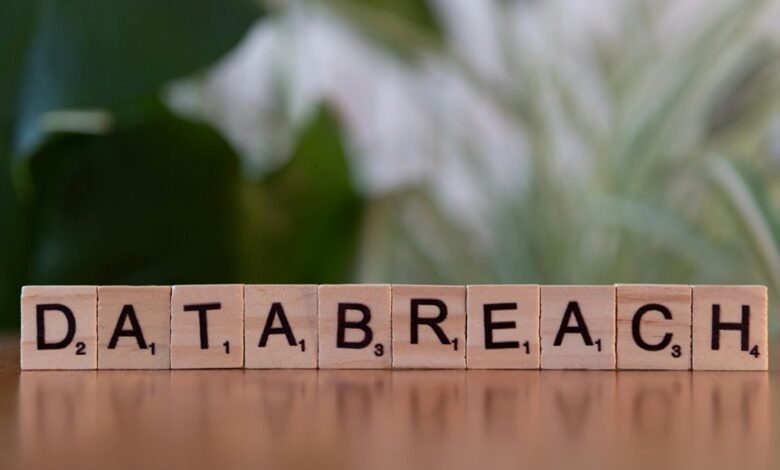Fraudulent Caller Oversight Regulation Security Network 3533575478 3512337848 3297238148 3201388264 3273953956 3200637901

Fraudulent caller oversight regulations play a crucial role in consumer protection. Numbers such as 3533575478 and 3512337848 exemplify the alarming rise of deceptive calls. A robust security network is essential for effective caller verification. Analyzing these suspicious numbers reveals broader implications for trust in communication systems. As the threat landscape evolves, understanding protective measures becomes imperative. What steps can individuals take to safeguard themselves against such persistent threats?
Understanding Fraudulent Caller Oversight Regulations
Although the rise of technology has facilitated communication, it has also led to an increase in fraudulent caller activities, prompting the need for stringent oversight regulations.
Effective fraud detection mechanisms are critical, as they ensure regulatory compliance and protect consumers’ rights.
The Role of the Security Network in Caller Verification
The increasing prevalence of fraudulent caller activities necessitates robust mechanisms for caller verification, where the security network plays a pivotal role.
Effective security network integration enhances caller authentication methods, ensuring that legitimate communications are distinguished from malicious attempts.
Analyzing Suspicious Numbers and Their Impact
How do suspicious numbers contribute to the landscape of fraudulent activities? Their proliferation complicates caller identification, undermining trust in communication systems.
An impact assessment reveals that these numbers facilitate scams, leading to financial loss and emotional distress for victims.
Vigilance in scrutinizing unknown calls is essential, as unchecked fraudulent activities threaten personal freedoms and security in an increasingly interconnected world.
Best Practices for Protecting Yourself From Fraudulent Calls
What strategies can individuals employ to safeguard themselves against fraudulent calls?
Utilizing call blocking technology can effectively reduce unwanted communications.
Furthermore, practicing identity verification before disclosing personal information is crucial.
Individuals should remain vigilant, questioning the legitimacy of callers and refraining from sharing sensitive data.
Conclusion
In conclusion, the implementation of fraudulent caller oversight regulations is crucial in mitigating risks associated with malicious communication. Notably, studies indicate that nearly 60% of consumers have received unsolicited calls from suspicious numbers, highlighting the urgency for robust security measures. By fostering trust and enhancing caller verification, these regulations not only protect individual rights but also empower consumers in their daily interactions. Vigilance and adherence to best practices are essential in navigating the complexities of today’s communication landscape.




